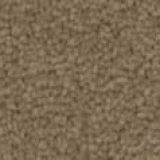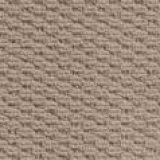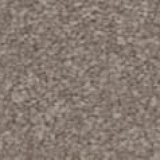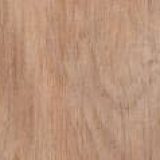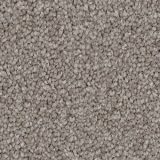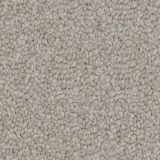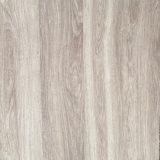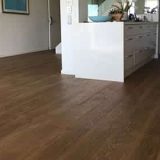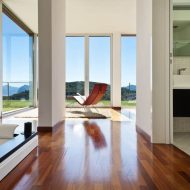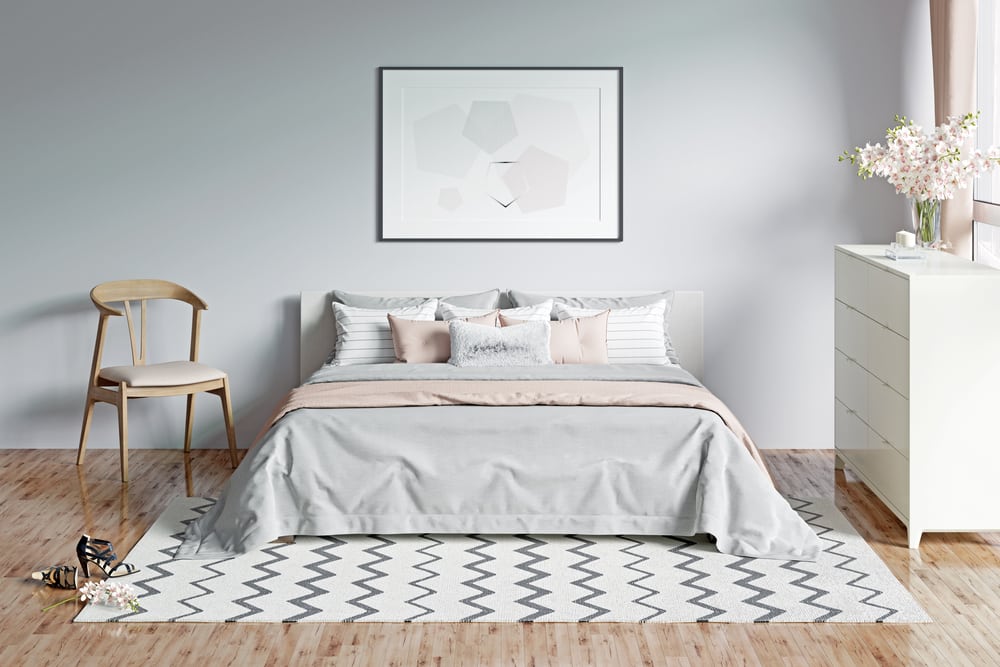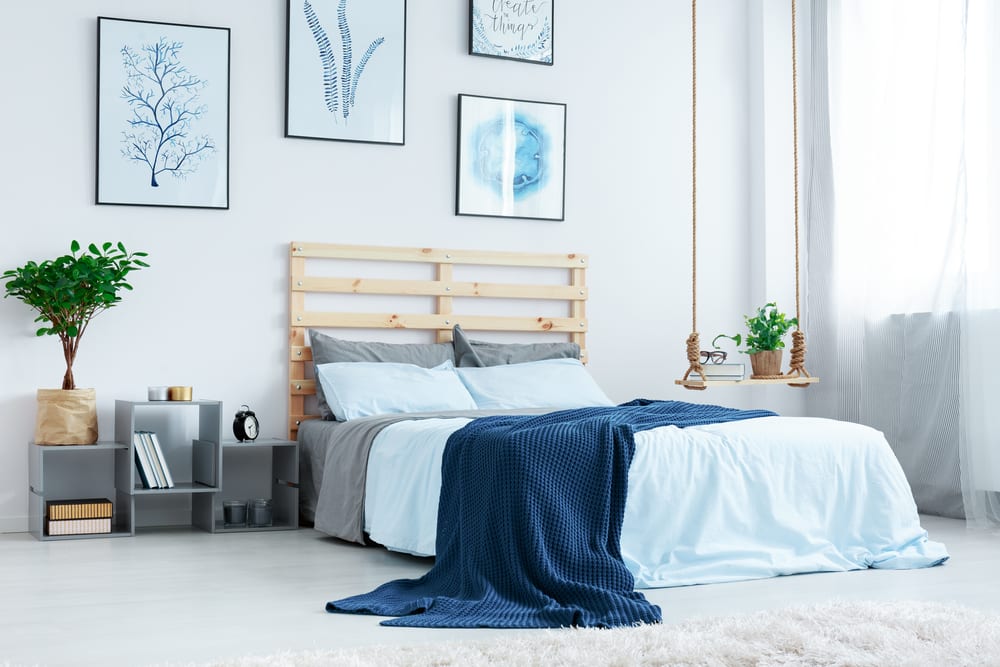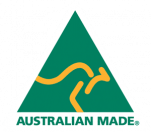If you’re weighing up flooring options for your new home, you can be forgiven for being confused. There’s a lot of materials to choose from—carpet, hardwood, bamboo, laminate, and concrete, to name a few—each with different benefits, pitfalls, and costs.
To add to the confusion, we can throw an unfamiliar flooring type into the mix—parquet flooring. You may not have heard of this mysterious floor material before, but it has a number of advantages that should be considered before making a final decision for your home or office.
So what is parquet flooring, exactly? In this article, we’ll cover everything you need to know about parquet floors.
What is Parquet Flooring (or Parquetry Flooring)?
Parquet is a type of tiled wooden flooring, with each tile (or block) made of multiple strips of wood, laid straight or diagonally in a repeating pattern. When laid, parquet tiles create a striking geometric effect that can look gorgeous. Here are some common parquetry patterns:
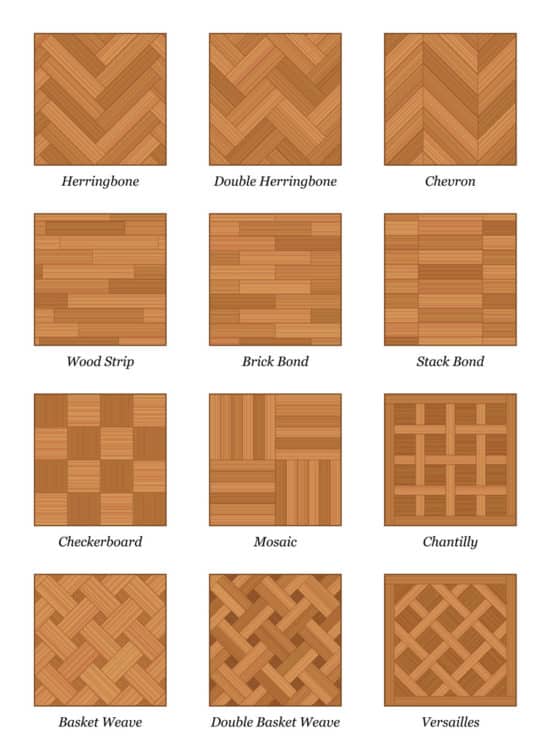
Parquet floor tiles are laid side-by-side to create the preferred pattern. Most designs are symmetrical, but asymmetrical designs can be used to create something unique and eye-catching—the beauty of parquet flooring is that it can be laid whichever way you want!
Because this type of flooring comes in tiles, it differs from traditional hardwood flooring, which come in longer beams and usually extend the length of the room.
There’s two types of parquetry tiles available: the panel parquet tile, which uses a thin layer of hardwood pressed onto plywood, and the solid wood parquet tile, which is solid wood through-and-through, and is much more expensive. The wood used for parquet tiles includes oak, walnut, cherry, pine, lime, and maple, each with unique patterns and colours, and providing a huge range of designs to choose from. Both types of parquet tiles are quick and easy to install with the help of a professional.
Parquet flooring has been used for centuries, and was famously used in the hallways of the Palace of Versailles, where it replaced some of the building’s maintenance-heavy marble flooring. After it became popular in France, the style spread throughout Europe, and eventually the rest of the world. It was extremely popular in America in the 1960s, where every home seemed to have some variety of parquetry, but was overtaken when cheap laminates and vinyls were invented.
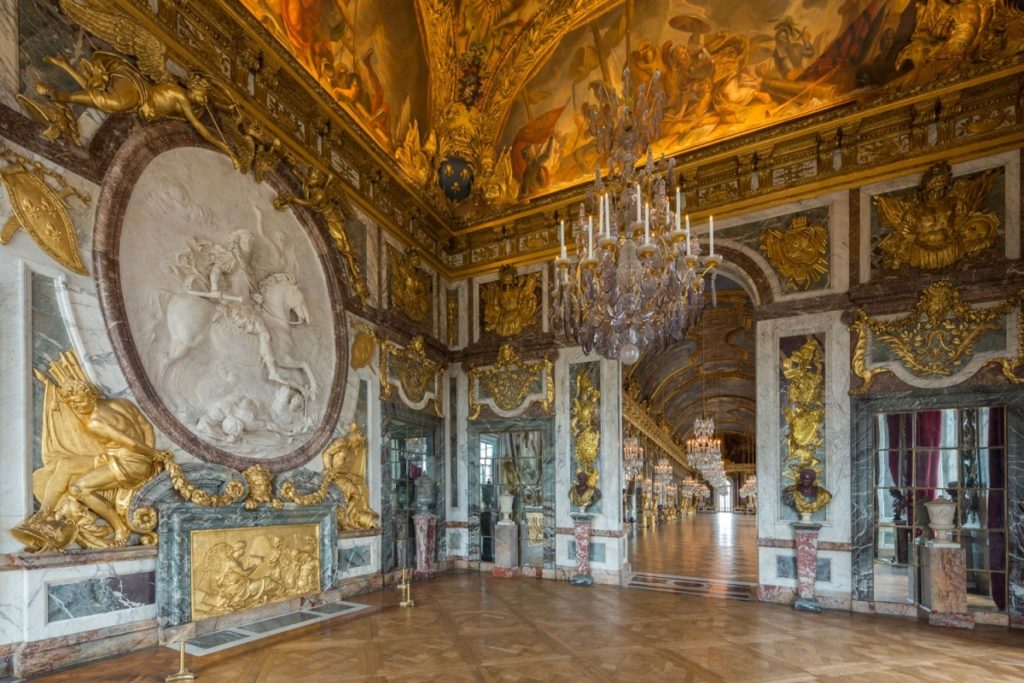
What’s the Difference Between Parquet and Hardwood Flooring?
Parquet flooring is usually a square tile of wood, consisting of individual pieces of wood assembled in a particular way. It can use a combination of hardwood and plywood (panel parquet), or full hardwood (solid parquet). Solid parquet flooring is technically full hardwood, but when most people refer to hardwood flooring, they’re referring to long planks of wooden flooring that have been directly milled or carved out of the tree.
Parquet flooring is laid similarly to tiles, and hardwood flooring is laid side-by-side, running the length of the room.
What are the Benefits of Parquet Flooring?
The geometric style of parquet flooring can be used to create stunning designs, and achieve a classical, almost regal look. Some people may find this design outdated, but others adore it.
When walking across parquet flooring, it feels a little softer and warmer underfoot than other hard materials such as concrete or tiles.
Parquet flooring is installed by glueing the tiles to the subfloor, which can be done quickly and easily by a professional. If you’re particularly handy, you may even be able to lay the tiles yourself. The tiles usually come pre-finished, so no additional finishing is needed (although you’ll need to refinish them after a while).
What are the Disadvantages of Parquet Flooring?
Parquet flooring isn’t as popular as other options such as laminate and vinyl, so your choices will be limited. If you don’t find a style that you like in Australia, you may need to import from another country, which can be costly.
This style of flooring is also a bad choice for rooms with a lot of moisture (bathrooms and kitchen), as it can get inside the wood more easily and make it expand. This is true of any hardwood flooring though.
As with other certain types of hardwood flooring, parquet can be easily scratched, so isn’t the best option if you have lots of kids, cats, and dogs running around. It’s noisy too, which can grow tiring.
How to Maintain Parquet Flooring
As a hardwood floor, parquet should be carefully maintained and repaired. Dry microfibre mops and brooms are the best way to collect dirt—wet or steam mops must never be used, as moisture can seep into the wood. When spills happen, they should be mopped up immediately for this reason.
Every month or so, the floor should be cleaned with a product designed for wooden flooring, and every year or so, it may need a complete sand and refinish.
Hardwood flooring can look dazzling, but you pay the price with regular maintenance.
References
- Lee Wallender, 2020, Wood Parquet Flooring Pros and Cons, The Spruce




